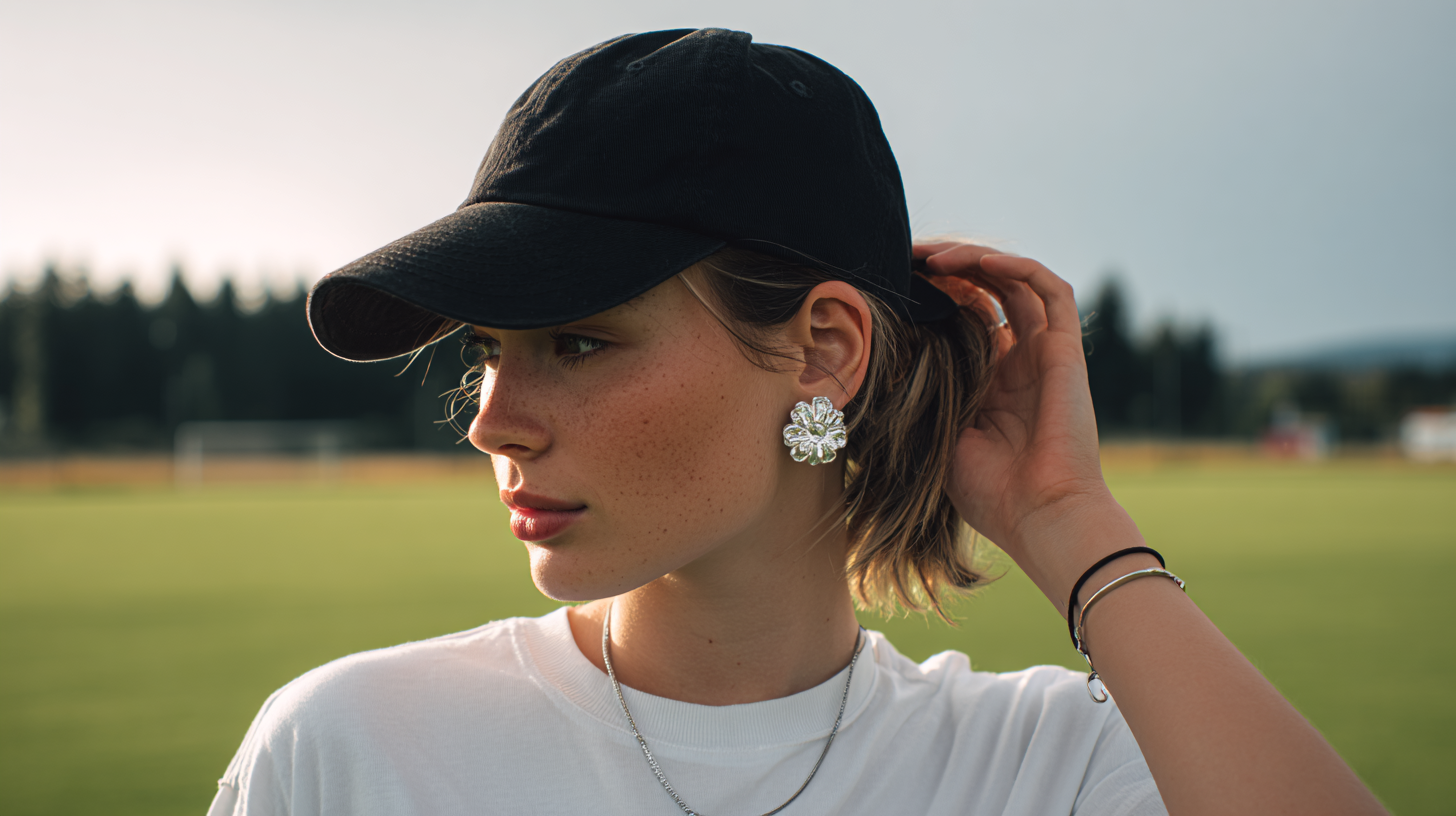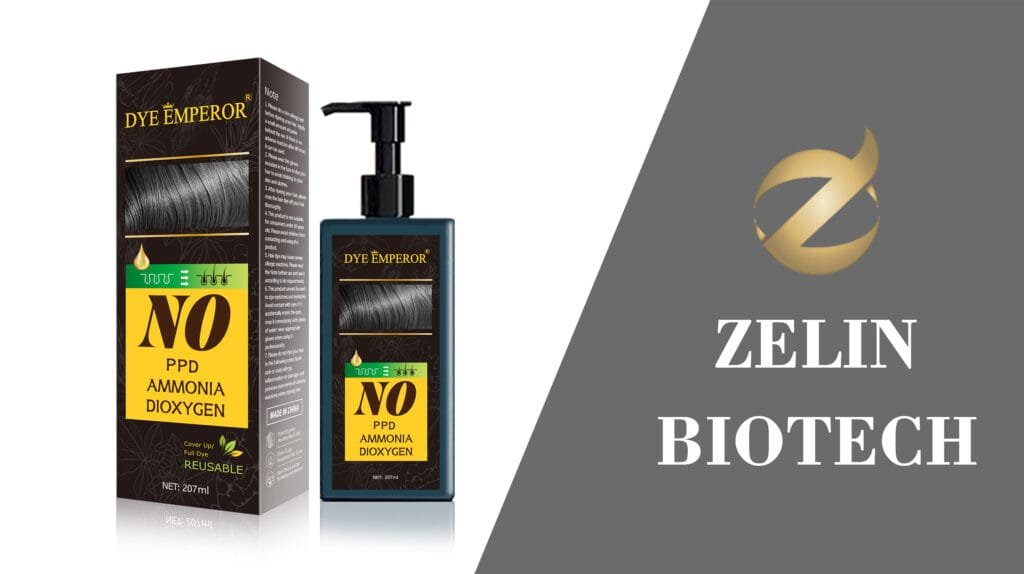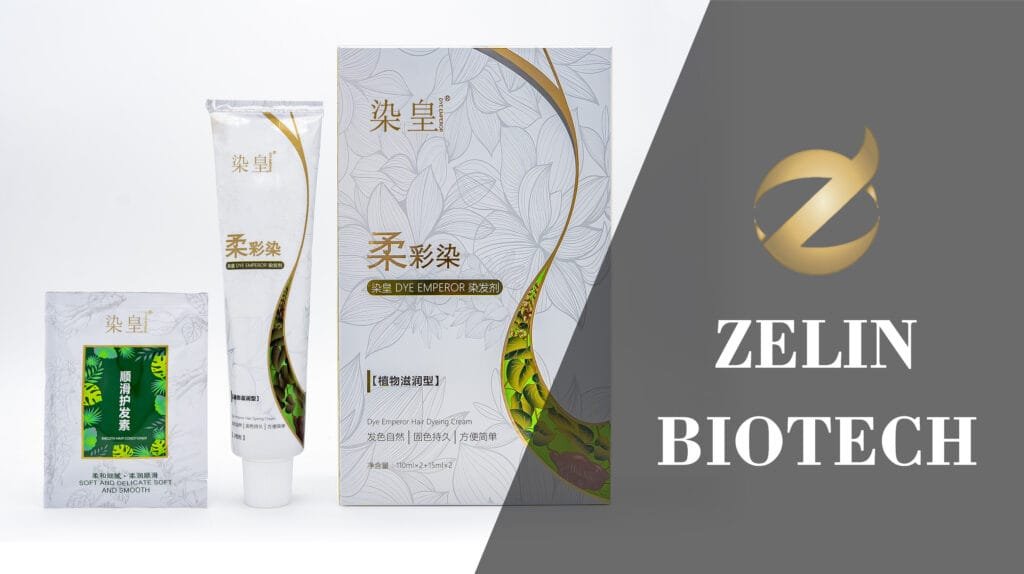Target Audience: Individuals who color their hair and are concerned about frequency, damage, and maintaining hair health.
Goal of Article: To provide a definitive, expert-led guide on safe hair coloring frequency, explaining the science behind the damage and offering professional tips to preserve hair integrity.
As a professional colorist with over a decade of experience, I’ve seen the full spectrum of hair transformations. From the thrill of a client seeing their dream color for the first time to the delicate process of nursing damaged hair back to health, one question comes up more than any other: “How soon can I come back?”
The temptation to switch up your color, inspired by a celebrity or a new trend, is completely understandable. But in my professional opinion, the most beautiful color is healthy color. To achieve that, we need to respect the science of what hair dye does to your hair and create a schedule that prioritizes its integrity.
This guide will walk you through what I explain to my own clients. We’ll go beyond simple timelines and delve into the “why” behind them, so you can make empowered, hair-healthy decisions for yourself.
The “Why” Before the “When”: What Dye Actually Does to Your Hair
To understand how often you can color, you first need to understand what is happening to your hair shaft during the process. Many of my clients are surprised to learn how chemically complex it is.
Let’s focus on permanent hair color, the most common type used for significant changes and gray coverage. The process involves a powerful chemical duo:
Ammonia (or a substitute): This alkaline agent’s job is to swell the hair shaft and lift its protective outer layer, the cuticle. I often describe this to clients as forcibly opening hundreds of tiny doors along each strand of hair.
Peroxide (Developer): Once the “doors” are open, peroxide enters the hair’s inner cortex. It does two things: it diffuses your natural pigment (melanin) to lighten the hair, and it activates the new color molecules, allowing them to penetrate deep inside and develop.
This process is a necessary “trauma” to achieve a permanent color change. The immediate consequence is that the hair’s cuticle is left raised and porous. Think of a smooth pinecone versus one that is wide open. Porous hair loses moisture easily and is significantly weaker, which is why over-processed hair feels dry, brittle, and frizzy.
The Key Takeaway: Every time you use permanent dye, you are altering the fundamental structure of your hair. This is why timing and proper care are not just suggestions—they are essential for preventing cumulative, irreversible damage.

Not All Dyes Are Created Equal: A Health-First Comparison
The answer to “how often?” depends entirely on the type of dye you’re using. I categorize them for my clients based on their level of impact on the hair’s integrity.
Level 1 (Lowest Impact): Temporary & Semi-Permanent Dyes
What they are: These are “deposit-only” colors that contain no ammonia or peroxide. They simply coat the outside of the hair shaft like a stain.
My take: These are the kindest dyes to your hair. Because they don’t open the cuticle, they are virtually non-damaging. They are perfect for fun, temporary changes or refreshing vivid tones between salon visits. You can use these far more frequently, often as much as you like, though they wash out quickly.
Level 2 (Moderate Impact): Demi-Permanent Dyes (Glosses & Toners)
What they are: These contain very low levels of peroxide and no ammonia. They gently open the cuticle just enough to deposit color, which enhances shine and tone without drastically altering the hair structure.
My take: This is my secret weapon in the salon for toning brassiness, adding richness, and blending grays. They are fantastic for hair health as they can improve condition and shine. The color gradually fades over about 24 washes.
Level 3 (Highest Impact): Permanent Color & Bleach
What they are: As explained above, these use ammonia and peroxide to fundamentally change your hair’s color and structure. Bleach (or “lightener”) is the most aggressive version, as its sole purpose is to remove pigment.
My take: These services require the most respect and the strictest timelines. This is where the risk of serious damage—what we call “chemical haircut” in the industry—is highest.
The Colorist’s Verdict: Your Safe Dyeing Timeline
Now, let’s get to the answer you came for. Based on my professional experience and a deep respect for hair health, here is the timeline I recommend to my clients.
For Permanent Root Touch-Ups: Every 4 to 6 Weeks
The Rationale: Hair grows approximately half an inch per month. This 4-6 week window is the sweet spot where you have enough new growth (regrowth) to color without overlapping onto previously colored hair. Overlapping permanent color is a major cause of breakage and banding (uneven color lines). My primary goal during a root touch-up is to only touch the roots.
For All-Over Glosses & Toners (Demi-Permanent): Every 4 to 8 Weeks
The Rationale: Since demi-permanent color is conditioning and fades gracefully, you can safely apply it more often to refresh your tone, combat brassiness, and boost shine. It’s an excellent way to keep your color vibrant between more intensive services.
For Highlights & Balayage: Every 8 to 12+ Weeks
The Rationale: The beauty of techniques like balayage is the soft, blended grow-out. There’s no harsh line of demarcation, which allows you to go much longer between appointments. Pushing your appointments further apart is healthier for your hair, as it minimizes how often you are re-applying lightener.
For All-Over Bleaching (Platinum): Every 4 to 6 Weeks, Without Fail
The Rationale: This is the most high-maintenance color and requires the strictest schedule. If you wait longer than 6-8 weeks, you risk “banding”—an uneven result where the hair closest to the scalp lightens perfectly due to scalp heat, while the hair further away lifts to a different, often warmer, color. A skilled colorist will only apply lightener to the new growth to maintain the hair’s integrity.
The Most Important Rule: Above all, listen to your hair. If you notice increased breakage, a rough texture, or extreme dryness, it’s a clear signal to slow down. Your hair’s health is the ultimate guide, and it’s always better to wait an extra week or two than to push your hair past its breaking point.
[Disclaimer: This advice is for informational purposes. Always consult with a qualified professional hair colorist who can assess your specific hair type, history, and goals to create a safe and effective plan.]
Protecting Your Investment: Pro-Tips for Healthy, Long-Lasting Color
As I always tell my clients, the service in my chair is only half the battle. Your at-home care routine is what protects your hair and your color investment.

Commit to a Color-Safe Regimen: This is non-negotiable. Use shampoos and conditioners specifically formulated for color-treated hair. Look for sulfate-free formulas, which are gentler cleansers that won’t strip your color as quickly.
Prioritize Conditioning: Remember how permanent color leaves the cuticle open and porous? Conditioner’s job is to smooth that cuticle back down, sealing in moisture and color. A 2018 study in the International Journal of Trichology confirmed that conditioning agents are vital for minimizing color-induced damage. I recommend a deep conditioner or hair mask once a week for an extra dose of nourishment.
Turn Down the Heat: This applies to both water and styling tools. Hot water swells the hair cuticle, allowing color molecules to escape faster. Wash with lukewarm or cool water. Similarly, always use a high-quality heat protectant spray before blow-drying or using hot tools, which can fade color and cause further damage.
Protect from the Elements: UV rays from the sun can oxidize and fade your color, just like they do with a photograph. If you’ll be in the sun for an extended period, wear a hat or use a UV-protectant hair product.
In the end, moderation and care are key. By understanding the process and adhering to a safe timeline, you can absolutely enjoy the creative freedom of hair color without sacrificing the health and beauty of your hair.




